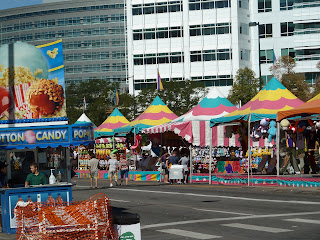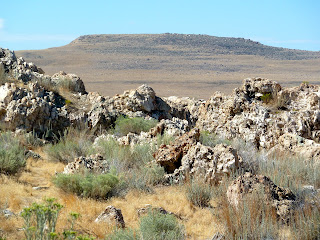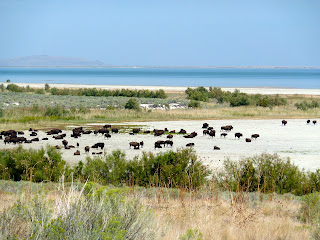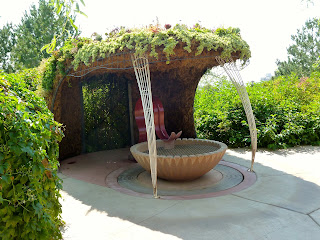 |
| Each push pin on this map shows a place I stopped on my travels to snap photos. |
Since I began this blog about a year and a half ago, I have
had the privilege of visiting and learning about nineteen cities in this great
land of ours. And because traveling is an excellent way to expand one’s
knowledge about people and places, I have dramatically increased my understanding
of the United States and its amazing cultural and geographic diversity.
Excepting my ventures to Juneau, Alaska and Honolulu, Hawaii, I chose to drive
to each city from my home in Virginia so that I could see more of our “spacious
skies, amber waves of grain, and purple mountain majesties above the fruited
plains” as the song, “America the Beautiful” describes. I would have driven to
both Juneau. Alasks and Honolulu, Hawaii as well, but neither is accessible by
car. The map above, covered with red pushpins provides a snapshot of my
travels.
As a result of maintaining this travel blog, I have now
fulfilled a lifelong goal of visiting every one of our fifty states. In the
past eighteen months I’ve driven over the Rocky Mountains, dipped my toes into
the Great Salt Lake and the Pacific Ocean, witnessed a glacier calving, watched
whales spouting, ridden a ferry across Puget Sound, viewed the Hollywood sign from
atop the Griffith Observatory, learned how TV news is created each day, stood
in the room where the First Continental Congress met, took a paddle wheel ride
down the mighty Mississippi River, zoomed across the Everglades in an airboat, motored
across the Golden Gate Bridge, went face to face with a saber-toothed cat
skeleton, strolled amongst ancient majestic redwood trees, commanded the view
of a huge city from atop a towering skyscraper, enjoyed a breathtaking live
performance at the famed Lincoln Center, stood on the very spot where legendary
Motown hits were recorded, sped on an express train from the suburbs into the
heart of a major city, and zipped to the top of the largest man-made arch via a
tram. And that was just for starters.
Traveling is one of the best ways I know to learn and have
new experiences while broadening one’s horizons. Getting bitten by the travel
bug affords a person a multitude of opportunities. Although places may vary,
people across our nation share much in common. In each and every location I
visited while writing this blog I learned that everyone has the same basic
needs and desires: a safe place to live, high quality education, excellent
affordable healthcare, access to nutritious food, as well as clean air to
breath and pure safe water to drink. So, no matter how different each of us
thinks we are, basically we Americans are all the same across the far flung
corners of this nation. And in my vast international travels, I have found this
to be true across our globe, too. In every place I have visited over my long
life—including a multitude of foreign countries—I have found people who are
kind and caring and respectful of others, people who freely reach out to help a
stranger. I believe it is important to keep this as our focus as we learn more
about our world.















































